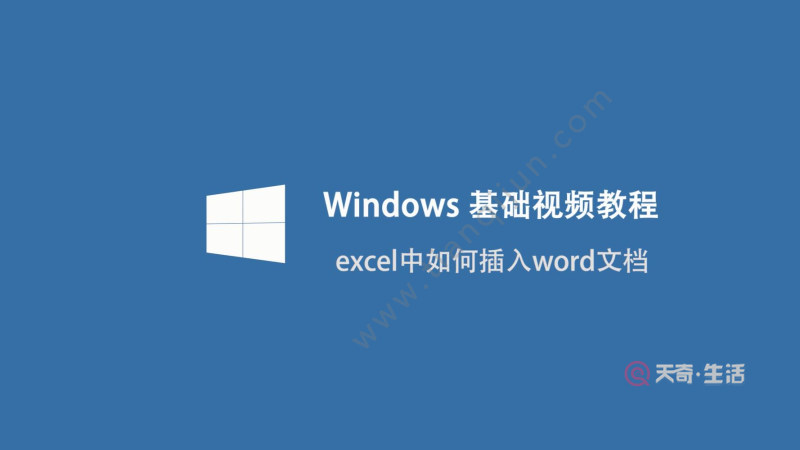吾生也有涯,而知也无涯。这篇文章主要讲述WPF入门教程系列七——布局之WrapPanel与StackPanel相关的知识,希望能为你提供帮助。
三. WrapPanel
WrapPanel布局面板将各个控件从左至右按照行或列的顺序罗列,当长度或高度不够是就会自动调整进行换行,后续排序按照从上至下或从右至左的顺序进行。
Orientation——根据内容自动换行。当 Horizontal选项看上去类似于Windows资源管理器的缩略图视图:元素是从左向右排列的,然后自上至下自动换行。Vertical 选项看上去类似于Windows资源管理器的列表视图:元素是从上向下排列的,然后从左至右自动换行。
ItemHeight——所有子元素都一致的高度。每个子元素填充高度的方式取决于它的VerticalAlignment属性、Height属性等。任何比ItemHeight高的元素都将被截断。
ItemWidth——所有子元素都一致的宽度。每个子元素填充高度的方式取决于它的VerticalAlignment属性、Width属性等。任何比ItemWidth高的元素都将被截断。
本次的示例,效果图如下2图,图1是宽度比较小,图2就是拉长了宽度后的结果。大家可以在实际做出来之后,自行拉动窗体的宽度:

文章图片
图1

文章图片
【WPF入门教程系列七——布局之WrapPanel与StackPanel】 图2
上面两图的XAML代码实现:

文章图片
< Window x:Class="WpfApp1.WindowWrap"xmlns="http://schemas.microsoft.com/winfx/2006/xaml/presentation"xmlns:x="http://schemas.microsoft.com/winfx/2006/xaml"Title="WindowWrap" Height="300" Width="400"> < Grid> < WrapPanelOrientation="Horizontal"> < TextBlock Name="textBlock_CityID" Text="CityID:" /> < TextBox Name="textBox_CityID" MinWidth="100" /> < TextBlock Name="textBlock_CityName" Text="CityName:" /> < TextBox Name="textBox_CityName" MinWidth="100" /> < TextBlock Name="textBlock_ZipCode" Text="ZipCode:" /> < TextBox Name="textBox_ZipCode" MinWidth="100"/> < TextBlock Name="textBlock_ProvinceID" Text="ProvinceID:" /> < TextBox Name="textBox_ProvinceID" MinWidth="100"/> < TextBlock Name="textBlock_DateCreated" Text="DateCreated:"/> < TextBox Name="textBox_DateCreated" MinWidth="100"/> < TextBlock Name="textBlock_DateUpdated" Text="DateUpdated:" /> < TextBox Name="textBox_DateUpdated" MinWidth="100" /> < /WrapPanel> < /Grid> < /Window>

文章图片

文章图片
C#代码实现上图示例:

文章图片
using System; using System.Collections.Generic; using System.Linq; using System.Text; using System.Threading.Tasks; using System.Windows; using System.Windows.Controls; using System.Windows.Data; using System.Windows.Documents; using System.Windows.Input; using System.Windows.Media; using System.Windows.Media.Imaging; using System.Windows.Shapes; namespace WpfApp1{/// < summary> /// WindowWrap.xaml 的交互逻辑/// < /summary> public partial class WindowWrap : Window{public WindowWrap(){InitializeComponent(); } private void btnAddByCode_Click(object sender, RoutedEventArgs e){WrapPanel wp = new WrapPanel(); //把wp添加为窗体的子控件this.Content = wp; wp.Margin = new Thickness(0, 0, 0, 0); wp.Background = new SolidColorBrush(Colors.White); //遍历增加TextBlockTextBlock block; for (int i = 0; i < = 10; i++){block = new TextBlock(); block.Text = "后台代码添加控件:" + i.ToString(); block.Margin = new Thickness(10, 10, 10, 10); block.Width = 160; block.Height = 30; wp.Children.Add(block); } }}}

文章图片
四. StackPanel
StackPanel就是将控件按照行或列来顺序排列,但不会换行。通过设置面板的Orientation属性设置了两种排列方式:横排(Horizontal默认的)和竖排(Vertical)。纵向的StackPanel默 认每个元素宽度与面板一样宽,反之横向亦然。如果包含的元素超过了面板空间,它只会截断多出的内容。 元素的Margin属性用于使元素之间产生一定得间隔,当元素空间大于其内容的空间时,剩余空间将由HorizontalAlignment和 VerticalAlignment属性来决定如何分配。
本示例要实现的效果如下2图,图1是横排,图2是竖排。

文章图片
图1

文章图片
图2
上两图的XAML代码实现:

文章图片
< Window x:Class="WpfApp1.WindowStack"xmlns="http://schemas.microsoft.com/winfx/2006/xaml/presentation"xmlns:x="http://schemas.microsoft.com/winfx/2006/xaml"Title="WindowStack" Height="400" Width="500"> < Grid> < StackPanel Name="stackPanel" Margin="0,0,0,0" Background="White" Orientation="Vertical"> < Button Content="第一个"/> < Button Content="第二个"/> < Button Content="第三个"/> < Button Content="第四个"/> < Button Content="第五个,改变排列方式" Click="Button_Click"/> < Button Content="后台代码实现" Click="Button_Click_1"/> < /StackPanel> < /Grid> < /Window>

文章图片

文章图片
上图示例的C#代码实现:

文章图片
using System; using System.Collections.Generic; using System.Linq; using System.Text; using System.Threading.Tasks; using System.Windows; using System.Windows.Controls; using System.Windows.Data; using System.Windows.Documents; using System.Windows.Input; using System.Windows.Media; using System.Windows.Media.Imaging; using System.Windows.Shapes; namespace WpfApp1{/// < summary> /// WindowStack.xaml 的交互逻辑/// < /summary> public partial class WindowStack : Window{public WindowStack(){InitializeComponent(); } private void Button_Click(object sender, RoutedEventArgs e){stackPanel.Orientation=Orientation.Horizontal; }private void StackPanels(){StackPanel sp = new StackPanel(); //把sp添加为窗体的子控件this.Content = sp; sp.Margin = new Thickness(0, 0, 0, 0); sp.Background = new SolidColorBrush(Colors.White); sp.Orientation = Orientation.Vertical; //Button1Button b1 = new Button(); b1.Content = "后台代码,第一个"; sp.Children.Add(b1); //Button2Button b2 = new Button(); b2.Content = "后台代码,第二个"; sp.Children.Add(b2); //Button3Button b3 = new Button(); b3.Content = "后台代码,第三个"; sp.Children.Add(b3); } private void Button_Click_1(object sender, RoutedEventArgs e){StackPanels(); }}}

文章图片
注: 当把StackPanel的FlowDirection属性设置为RightToLeft,Orientation属性设置为Horizontal,StackPanel将从右向左排列元素。
推荐阅读
- WPF入门教程系列二——Application介绍
- Android Studio环境解读
- Android应用层View绘制流程与源码分析
- Android 菜单动态变化添加或去除
- Android开发——导入github安卓项目源码
- [Android开发] Android Studio问题以及解决记录
- Android Studio -- 真机测试
- android studio 运行是,app标题栏不显示
- Android系统信息获取











